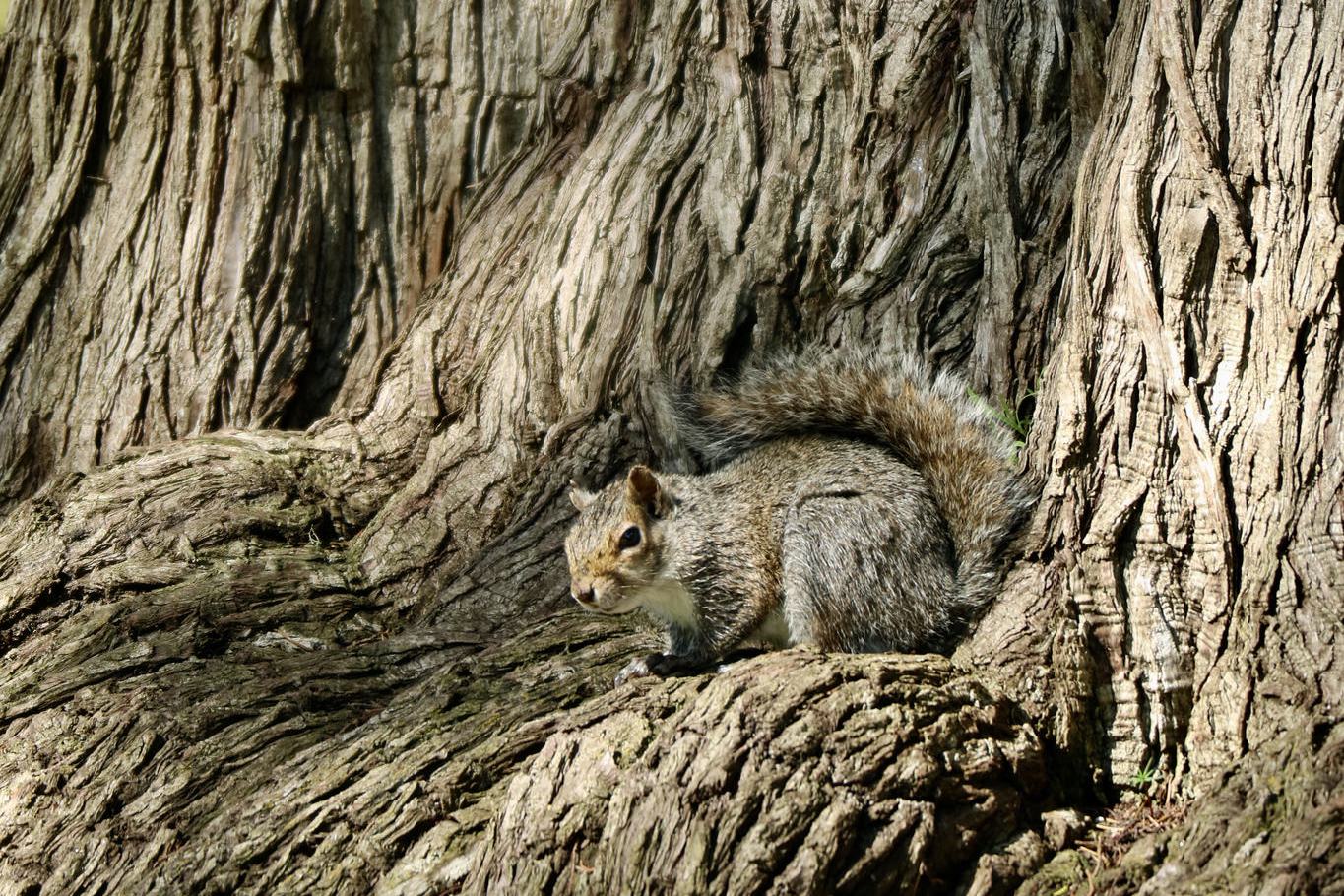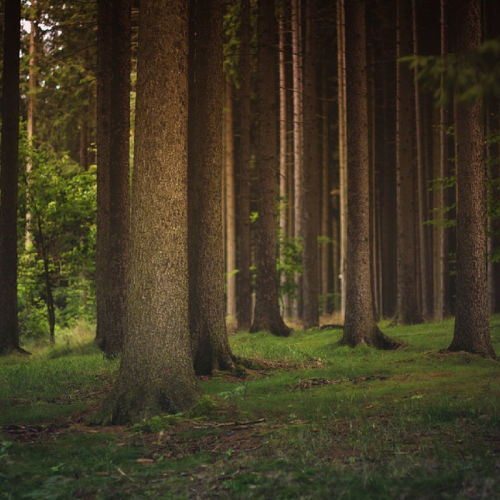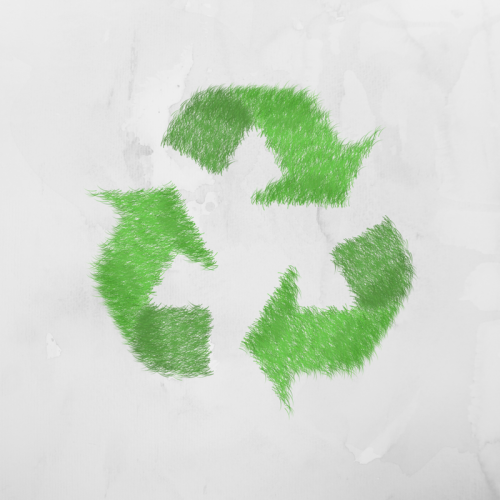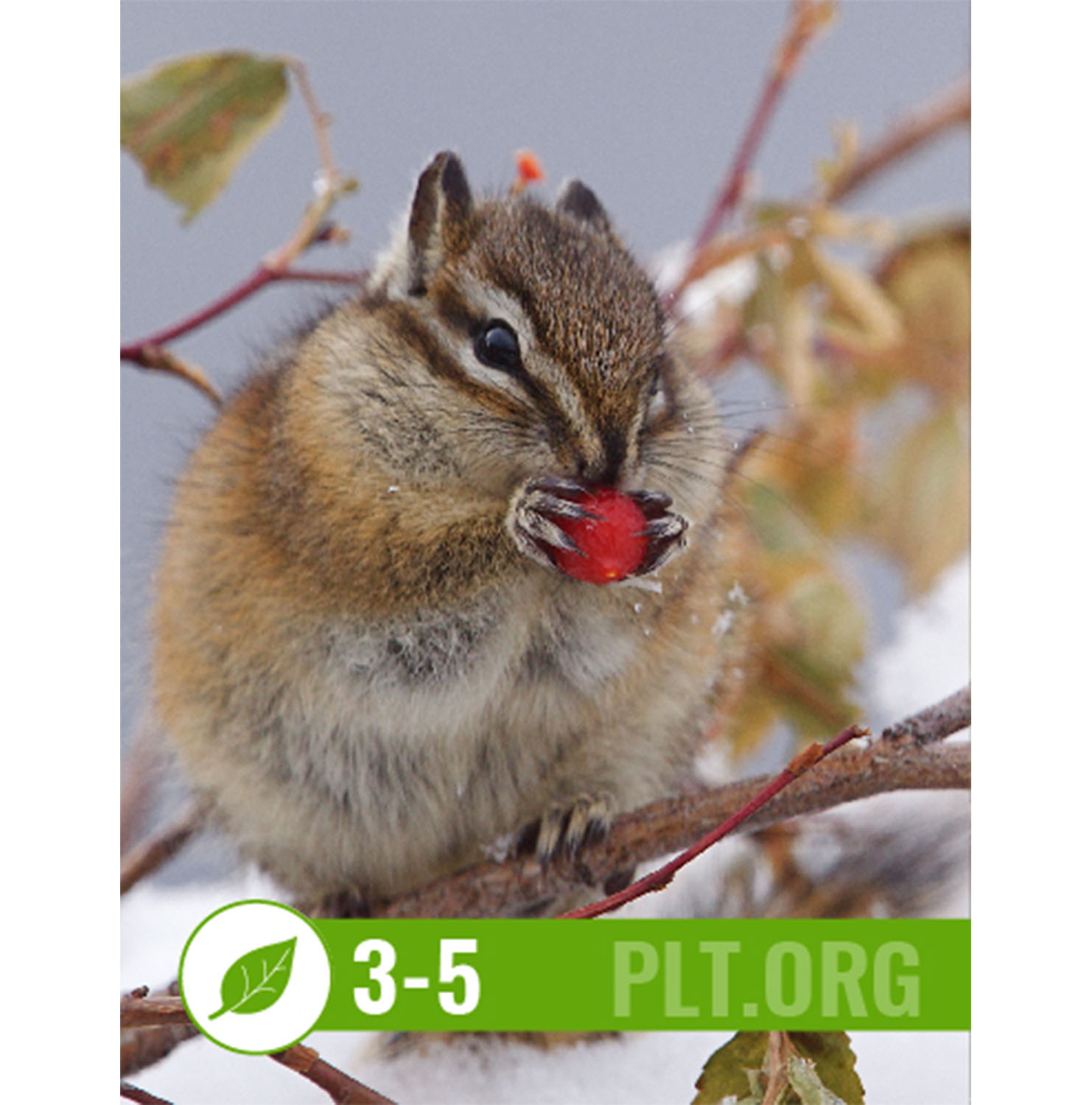
PLT GreenSchools Honored as Green Ribbon Schools
Congratulations to the students, teachers, and school administrators for their dedication to environmental education and healthy, sustainable schools.

Congratulations to the students, teachers, and school administrators for their dedication to environmental education and healthy, sustainable schools.

Predators and prey animals use camouflage so they don’t attract too much attention. Here are examples of color matching, disruptive coloration, self-decoration, active camouflage, and mimesis.

Designed to be easy for teachers to access and use, these self-contained units of instruction are fully online.

Earth Day is about raising awareness about the importance of protecting our planet and taking action. Use these activities to inspire your students to take action this Earth Day, and every day.

Children selected an animal found in their community’s garden to research. They created beautiful mosaics of their chosen animal for a permanent outdoor art exhibit.

The word “yoga” derives from a Sanskrit word “yuj,” meaning “to unite or integrate.” This book embodies Sanskrit’s yuj and can be used to integrate multiple discipline areas.

Fun facts about 10 trees from around the world to incorporate into a lesson about geography, science, language arts, and art. Students can create tree profiles to demonstrate their new knowledge.

This beautiful guide to creating a nature journal will both teach and inspire students (and teachers alike!) to chronicle what they observe in their own backyards.

Give “reduce, reuse, recycle” a whole new meaning by incorporating this concept into many subject areas. Many of these hands-on project ideas can be adapted for any grade.

For 3rd-5th grade teachers, Energy in Ecosystems uses the forest as a lens to help students explore and understand the interactions and energy flows present in all ecosystems.